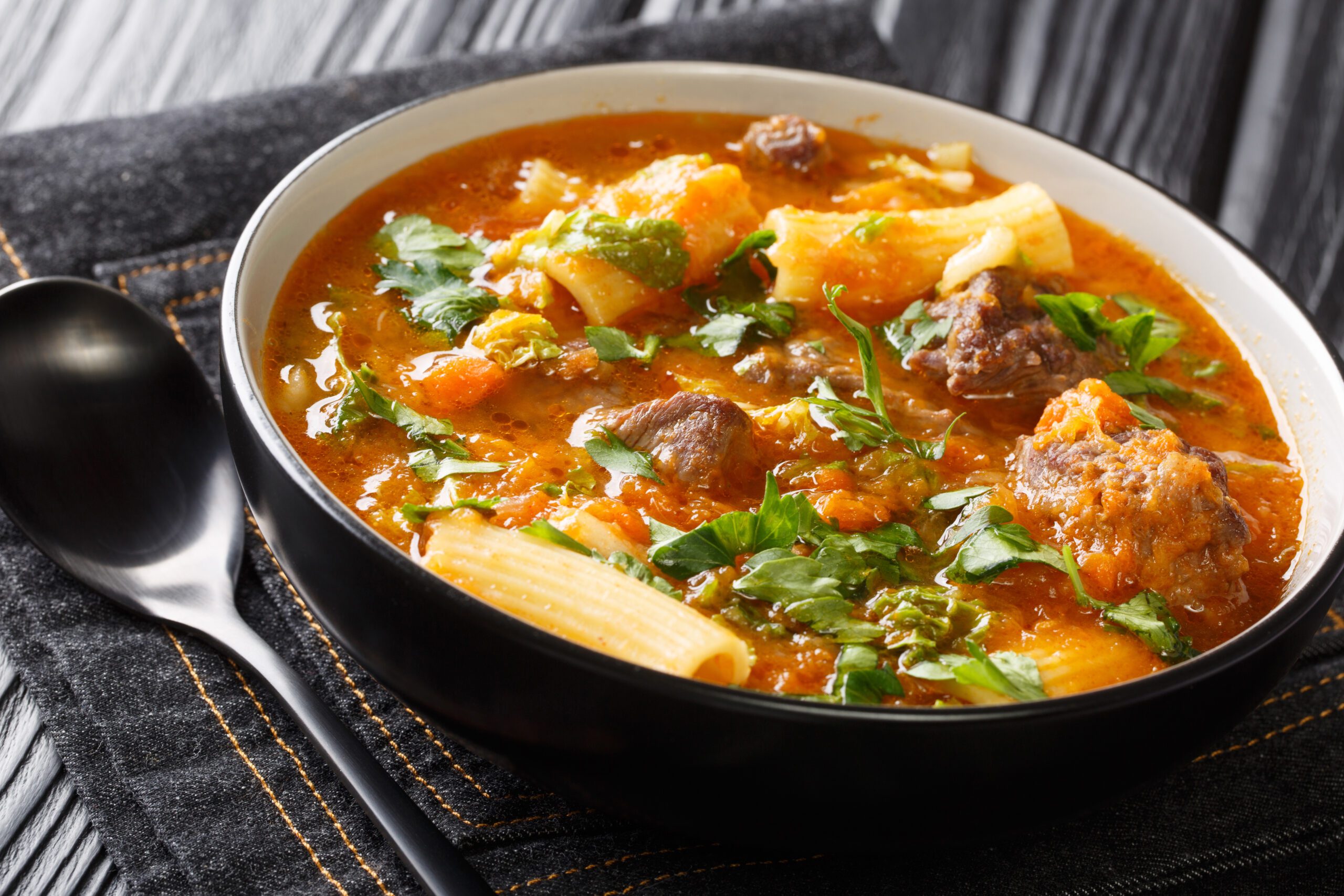This blog post offers practical guidance on supporting Haitian newcomers in accessing culturally appropriate food in the United States. It covers topics such as familiar foods, grocery shopping, and finding ingredients for traditional Haitian dishes. You will gain an understanding of how to assist Haitian newcomers in maintaining their culinary traditions while adapting to their new environment.
Haitian Cuisine
Considerations for Supporting Haitian Clients with Food
For service providers working to support these individuals and families, understanding the crucial role of food in easing the transition to a new environment is paramount. Whether your role involves assisting Haitian newcomers who are eager to cook their own meals or providing prepared food to those who require it, there are numerous ways to ensure they feel welcomed and respected:
Haitian cuisine is a vibrant and flavorful reflection of the country’s rich cultural heritage, blending influences from African, French, Spanish, and indigenous Taíno traditions. At its core, Haitian food is characterized by spices, aromatic herbs, and staples like rice, beans, and plantains. Signature dishes such as griot (fried pork), pikliz (spicy pickled vegetables), and soup joumou (squash/pumpkin soup) not only delight the palate but also carry deep significance. For example, soup joumou is traditionally eaten on New Year’s Day to commemorate Haiti’s independence. In Haitian culture, food transcends mere sustenance; it preserves history, strengthens community bonds, and expresses pride.
Cultural Significance
- Understand that food is more than sustenance; it’s a connection to home
- Be mindful that offering food is a sign of respect and hospitality in Haitian culture
Dietary Preferences and Considerations
- Ask about individual preferences for meat, vegetables, and carbohydrates
- Inquire about spice tolerance, noting that Haitian cuisine typically features milder spices than some other cuisines
- Be aware of any dietary restrictions or health conditions that may affect food choices
Familiar Foods and Alternatives
- When possible, offer traditional Haitian dishes to provide comfort and familiarity
- Rice is a staple; consider offering rice-based dishes from Haitian, Caribbean, Latin American, or Chinese cuisines
- For younger individuals, popular items like burgers, pizza, or wings might be appealing
- Include familiar vegetables like lettuce and tomatoes in salads or side dishes
Nutritional Education
- Provide nutrition education, especially for those who may be unfamiliar with certain health concepts
- If within the scope of your role, offer information on managing diets for specific health conditions, such as diabetes, in a supportive and non-judgmental manner
Community Connection
- Consider organizing community meals featuring Haitian cuisine to foster a sense of belonging
- Encourage sharing of recipes and cooking techniques as a way to preserve cultural heritage
Navigating New Cooking Experiences
Guiding Haitian newcomers through grocery shopping, kitchen appliance use, and safety is essential. Some Haitians may have experience with street markets rather than supermarkets or may not know how to use some appliances, while others will be very familiar with all of those. For more on home safety, see Switchboard’s In-Home Health and Safety Checklist.
Avoid making assumptions about individual clients’ knowledge and experience. Ask questions about past grocery shopping and cooking habits to help identify knowledge gaps and provide the support they need without causing discomfort. For those with limited English proficiency, identifying ingredients by packaging color and shape could be helpful.
Finding Ingredients for Traditional Haitian Dishes
Haitian cuisine is rich with unique flavors and ingredients that may seem challenging to find in the U.S. However, many traditional dishes can be recreated with locally available ingredients. Here’s a guide to some beloved Haitian dishes and where to find their key components:
- Soup Joumou: A unique squash/pumpkin soup. Pumpkin for this soup can be found in many Latin and Spanish supermarkets and most retail grocery stores.
- Kremas: A coconut-based creamy liqueur enjoyed during December and various Haitian celebrations. The main ingredients, such as coconut and evaporated milk, can be found in most grocery stores and Caribbean specialty shops.
- Diri Djon-Djon: Black rice made with Haitian mushrooms. The mushrooms, known as djon-djon, can be found online in Caribbean or Haitian grocery stores.
- Diri Kole: A dish of rice and pinto beans (black, white, or brown), considered a staple in Haitian cuisine. Rice and beans are easily found in all major grocery stores.
- Mayi Moulen: A creamy corn porridge similar to polenta, often mixed with beans or accompanied by sòs pwa (bean purée). The main ingredient, cornmeal, is available in most grocery stores.
- Bouyon: A hearty soup made with vegetables, root vegetables, and a Haitian dumpling called bòy. The root vegetables and ingredients can be found in Caribbean grocery stores and many ethnic supermarkets.
- Legim: A thick vegetable stew with mashed vegetables like eggplant, chayote, and cabbage, often with meat. Vegetables and meat are readily available in most grocery stores and farmers’ markets.
- Fritay: A combination of fried snacks like fried plantain (bannann peze), fried malanga (akra), fried breadfruit (lam fri), and fried meat (tasso). Plantains, malanga, and breadfruit are found in Caribbean grocery stores and ethnic supermarkets.
- Pate Kòde: Deep-fried patties filled with meat, vegetables, and eggs. The main ingredients can be found in most grocery stores.
- Griyo: Fried pork, a distinctive Haitian dish, often served with pikliz (spicy pickled vegetables). Pork and the ingredients for pikliz are commonly available in most grocery stores.
- Pen Patat: A sweet potato bread, more like a pudding than traditional bread. The sweet potatoes and ingredients are found in all major grocery stores.
- Akasan: A smooth porridge-like beverage made from corn flour, often flavored with star anise, vanilla, and cinnamon. Corn flour and spices are available in most grocery stores and Caribbean specialty shops.
- Haitian Spaghetti: This dish features spaghetti cooked in a tomato-based sauce with unique Haitian flavors, often incorporating hot dogs or smoked fish, making it a popular choice for gatherings.
Want to learn more?
- Switchboard guide: Haitian Cultural Backgrounder (2024) – This resource contains historical, political, and cultural information about Haiti
- Switchboard blog: How to Talk to Newcomers About Nutrition—Without Being a Nutritionist (2024)
- Switchboard blog: Three Steps You Can Take to Support Clients’ Food Security (2020)










